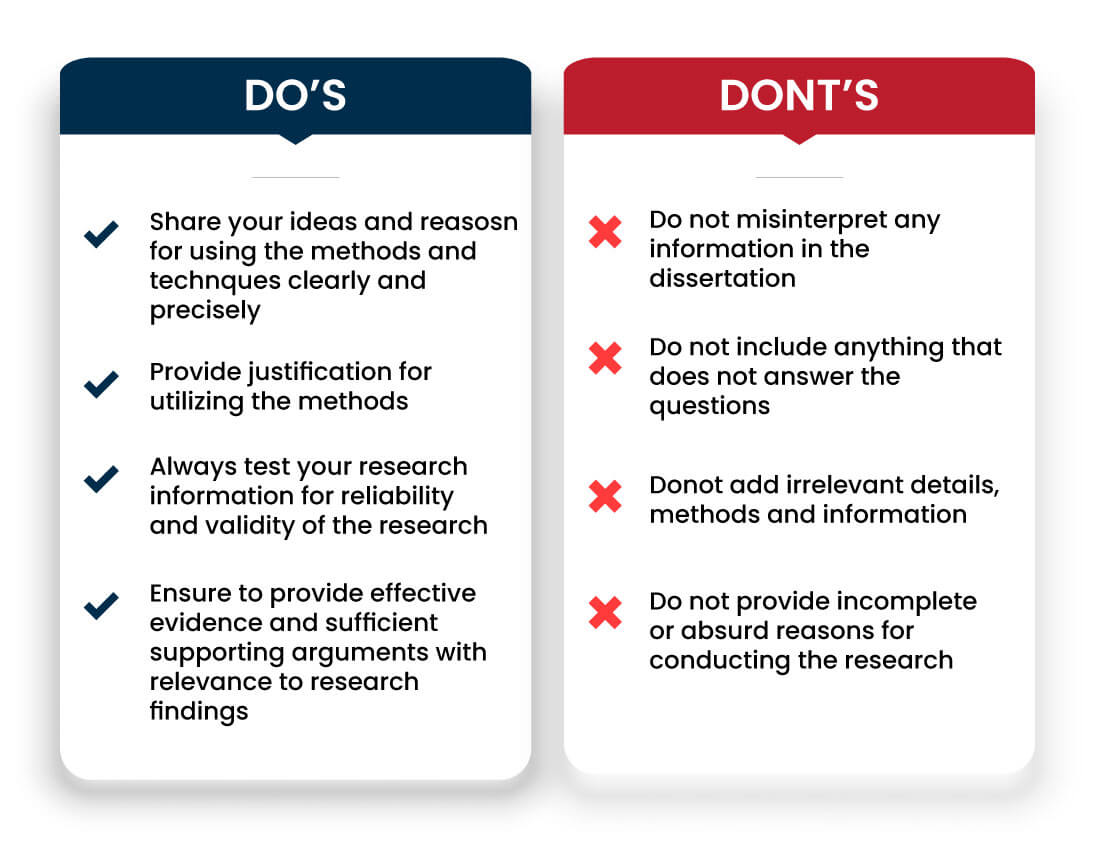What is Research Design?
Research design is a model that identified the tools and techniques that will be opted by the investigator for merging various mechanisms of the study in a logical way. It is an overall strategy that ensures how efficiently the researcher could address the problem of the research. Research design permits researchers for approaching appropriate methods for conducting a successful study. This phase mainly focuses on determining which tools should be implemented and how they are utilised. It helps in setting relevant methods for the research that supports the research type.
Why research Design is Important in Dissertation Methodology?
Research design is very important in a dissertation as it determines the method or techniques that will be used at the starting of the research. An effect study generally develops a minimum bias in data that maximises trust in the accuracy of data collection. It is significant because it provides guidance and directs towards the right path. It helps in avoiding biases and marginal errors. It suggests the ideas that are concerned with the kinds of resources that are needed in the research.
How to Write Research Design?
Research design tends towards answering the research questions by making use of empirical data. Research design is a well-planned design which is written in form of;
Aims and Approach
It is very important that before starting designing the research, you should have a clear concept regarding the study question on which the investigation should be based. Your dissertation must be carried forward with your aims and objectives. You should have a clear idea of what you want to attain. Initially, it is very important to determine what will be your approach to conducting the research either it is qualitative or quantitative.
Qualitative Research Design
As qualitative research helps in focusing mainly on the concepts, beliefs and experiences of the individual. While approaching to qualitative method you should know that it helps in obtaining in-depth knowledge of a particular context. Furthermore, it helps in exploring under-researched problems and obtaining new ideas. It is one of the flexible methods that can be adjusted based on your approaches.
Quantitative Research Design
In quantitative research design, this method deals with examining variables and explaining frequencies, averages and correlations. It possesses towards testing hypotheses among the interrelationship between the variables. However, the effectiveness of new treatments, programs and products are tested. This method tends to be fixed and clearly defines data collection method at an initial stage.
Choose Relevant Type of Research Design
You should select the type of research design that shapes the overall research. Thus, there are various research design types for both qualitative as well as quantitative research.
Descriptive Research Design
In this type of research, you make use of a wide variety of research methods for exploring more than one variable. It helps in describing characteristics, averages and trends.
Experimental Research Design
Next, in this kind of research design, the researcher does not have any control over the variables for which they are unable to manipulate the variables but they only observe and measures them. It tends to analyse casual relationships that are carried out in a controlled environment.
Correlational Research Design
This type of research design possessing towards variables that are measured without influencing them. They help in testing the link among the variables.
Diagnostic Research Design
In this research type, you aim to analyse the underlying cause of various circumstances or phenomena. It mainly encompasses various stages including problem inception, problem diagnosis and solution of the problem.
Explanatory Research Design
This research design is carried out for a problem that has not been examined before. This type of design emphasis more on analysing various aspects of the research.
Classify your Population and Sampling Method
It is very important to classify what will be the focus of the research and how you will opt for the participants that will be involved in your study. The population is the group that is included in the research for drawing results and conclusions. Whereas, a sample is a group that is chosen from the entire population from which the data will be gathered. The sampling method would be of two types including probability sampling and non-probability sampling.
Choose a Data Collection Method
The researcher must choose a data collection method that directly measures variables and collect information. There are several methods of data collection methods through which the data can be gathered including surveys, interviews, observations, focus groups, documents and questionnaires.
Make a Plan of Your Data Collection Procedures
After the collection of the data, it is essential to decide which method should be used. You need to plan which method will be suitable for collecting data that would be relevant, steady, precise and impartial.
Plan to Analyze your Data
You should plan the data analysis techniques and strategies that are appropriate and link with the research question. This is the most crucial stage where you evaluate the data and leads towards a specific conclusion or result. Both qualitative and quantitative design methods have different approaches for analysing the data.
Difference Between Research Design and Research Methods
Research design is the overall structure of the research project. On contrary, research methods are several processes and tools that are used to gather and examine data. Research design mainly emphasises the kind of study that is planned and the type of outcomes that are expected to be obtained from the study. Whereas, research method focuses on the methods that are appropriate and suitable for collecting and assessing the suggestion needed. Research design relies on research question or the problem of the research whilst, research method is dependent on research design.
Do’s and Don’ts of Research Design

Checklist
- Initial problem definition.
- Research
- Hypothesis.
- Statistical Analysis.
- Theoretical Basis.
- Manipulation of Independent Varoable
- Measuring Dependent Variable.
- Controls
- Participants.

 Whatsapp
Whatsapp Contact
Contact Call
Call Live Chat
Live Chat